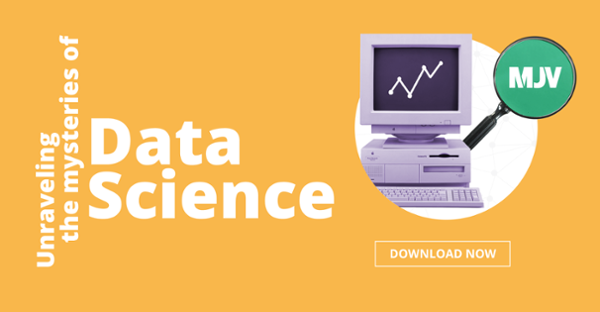How to boost Marketing strategies from data mining
Remember the 5 P’s of Marketing? To them (People, Product, Promotion, Price and Place) also apply five possibilities of Data Mining, which we group according to the type of knowledge extracted.
This model enables a better development of marketing strategies in the information age: what we call Market Mining is the combination of these techniques.
Data mining techniques help in decision-making by extracting and recognizing patterns, for predicting and understanding the consumers behavior in large databases, an extremely difficult task to do manually.
Market Mining: Joining Data Mining to Marketing
The data source is plural: from surveys and interviews to data from social media and the like. The data visualization itself, although permeating all other categories, has stood out as a category of its own, since it is directly responsible for a range of insights.
Knowing your consumer
In the Age of Assistance, it is undeniable that there is power in knowing extract insights to increase Marketing decisions, from data available on the web. And the data mining activity requires a prepared team to realize the opportunities and go beyond the numbers and charts.
The information collected, based on this activity, makes it possible to infer how to invest efforts to conquer the public and reach their real needs. It is an open road to great evolution relative to the ability to predict customer needs.
The 5 P’s of Market Mining
People: Identifying and understanding the public
For efficiency of contemporary marketing, it is essential to identify and understand specific customer groups. From segmentation, according to behavior patterns to identify different types of personas. Due to the large amount of data available, it is much more assertive target customers by profiles, with similar interests and behaviors.
Product: What is the perception about your brand?
There are numerous models developed for the analysis of Products. In particular, an extremely useful application lies in the so-called Sentiment Analysis: constant monitoring of content published on social media, and on the web in general, about a particular product, marketing strategy and the like.
This analysis helps in marketing strategies, focused on the reputation of the product and the company in general, by measuring the target market feeling, regulating assertiveness in general campaigns. Another classic application corresponds to the product ontology. The concept is to combine products with some kind of similarity.
Promotion: Creating successful campaigns
One way to increase sales and customer retention is through the application of promotions targeted to a specific audience. In this context, it is important to understand the economic and social impact of your campaigns to align strategies.
Analysis focused on promotional campaigns can benefit from data collected opinion polls, online surveys and, eventually, social media analysis.
Another common example is product basket analysis, aimed at the development of intelligent product recommendation systems. This practice is already widely used by companies such as Amazon and other giants of global e-commerce.
Price: Assessing the relationship between economic scenario and demand
The idea about the Price element involves supporting Marketing managers to engage in different pricing strategies, supporting in the reaction the strategy of different competitors. The focus is to estimate the optimal price of products, according to predictions of economic scenarios and demand predictions.
Place: Mapping the space strategically
The last P is the place element. This element is becoming increasingly important due to the increased use of GPS devices such as smartphones. Stores can deliver real-time offers based on the geolocation of their customers.
Through geolocation it is possible to develop Market Opportunity strategies, in which companies launch lightning offers for consumers that are close to their stores.
It is also possible to predict the customer location, considering aspects of social media, offering, in advance, products and services that depend on the customer’s location, such as travel and events.
Back
